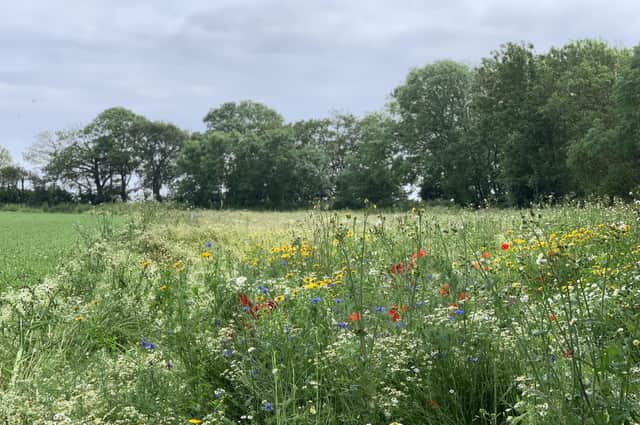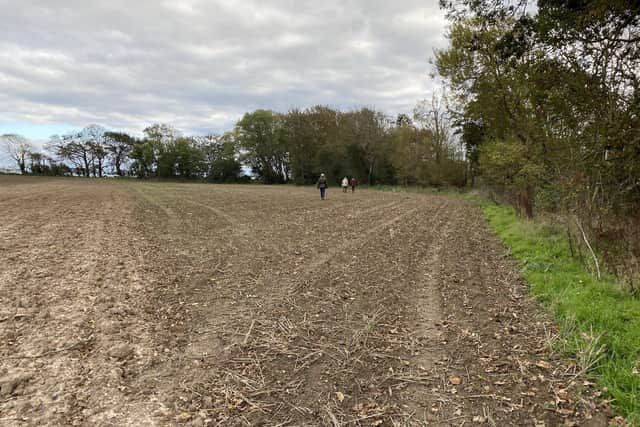Knepp Wildland Foundation column: How we can reverse wildflower meadow damage


My mates chat about football and Xboxes. They spend their weekends inside in front of screens. I spend mine hunting for ground beetles under logs.
A couple of times I’ve been asked to assist my teachers with nature classes and when I’ve shown them what wonderful bugs there are in the school pond, my mates think I have some sort of superpower.
Advertisement
Hide AdAdvertisement
Hide AdI’m fortunate to have grown up on a farm with a blank canvas right outside the door. My dad and grandparents have given me a patch of my own, just under an acre in the corner of a field, to do with what I will for nature.


During lockdown, wanting to make a difference, I spent a lot of my time walking and collecting seeds, which I planted on my plot in November 2020. I’ve since monitored and photographed this patch over the past year to see how it has changed and the results have been astonishing.
Not only was there an explosion of colour with all the beautiful flowers emerging, the air became filled with orange tip, speckled wood and meadow brown butterflies that fed on the food sources I had provided. This really showed me that in no time at all, even on a small scale, nature can recover and thrive.
I had turned a patch that had once been an unproductive, shaded corner into a place buzzing with life.
Advertisement
Hide AdAdvertisement
Hide AdWhenever I walk or cycle through a flower meadow it is always the most diverse habitat I see. They are a crucial part of a healthy ecosystem, feeding pollinators and housing a wide range of insects and small mammals. Unfortunately, these pockets are a mere fragment of what our country used to have. Ninety-seven per cent of the UK’s wildflower meadows have been lost since the 1930s and the landscape we have now is still under heavy assault. If we all work together I believe we can reverse this damage in just a few years. If everyone planted some native flowers in their garden and stopped mowing even a small patch of their lawns we could easily double the amount of wildflower habitat we have left.
A lot of my friends feel there’s nothing they can do with only a small garden or no space at all and especially for younger people I think that sometimes we feel hopeless, unable to take part in tackling this biodiversity crisis. But there is still plenty to do on a small scale around our homes. For example, anyone can hang up a nesting box or put some native flower species in a pot on their balconies or in the garden. It might feel meaningless but these things could be the little bit that helps an extra blue tit chick survive or the flowers could give vital nectar to help a butterfly find a mate.
You can challenge your school to make a big difference, too. The key thing is to spread awareness. Even if you’re unable to do something directly, just think – is there someone else who can make a difference, because maybe they are just unaware of the problem.
Without the help of my dad I would not have had the opportunity to plant my patch and I wouldn’t be here today without guidance and help from friends and mentors. We should all realise the important thing behind tackling this problem, and that’s unity. No single person can heal this. It’s only when we all pull together that we become strong enough to make a difference.
Comment Guidelines
National World encourages reader discussion on our stories. User feedback, insights and back-and-forth exchanges add a rich layer of context to reporting. Please review our Community Guidelines before commenting.